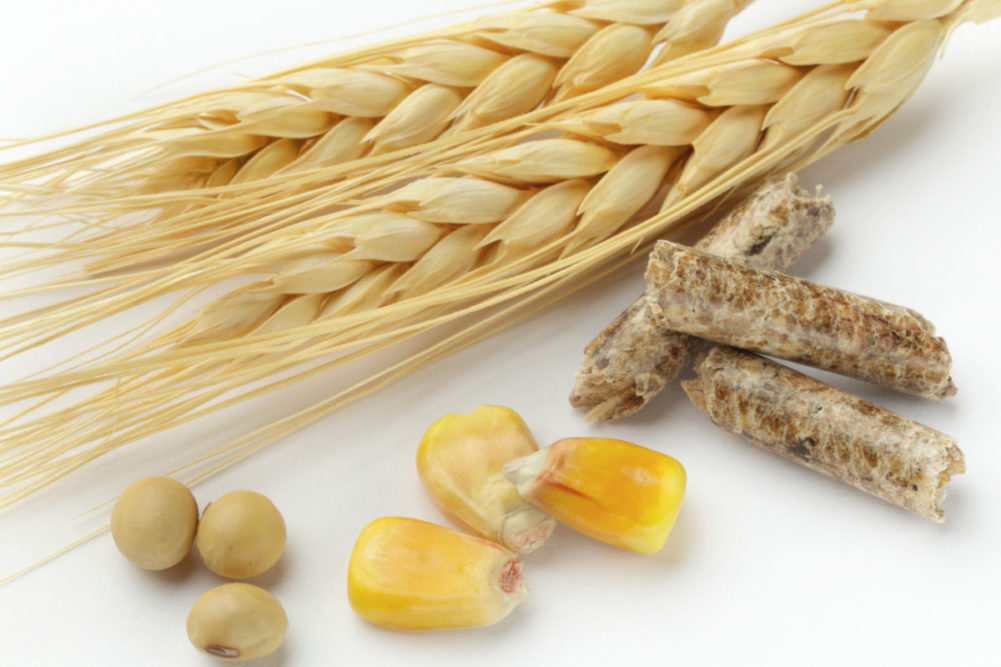ROME, ITALY — The United Nations’ Food and Agriculture Organization (FAO) on Dec. 2 forecast a further reduction in global grain ending stocks in its latest Cereal Supply and Demand Brief. The FAO projects a 1.1-million-tonne decline from the previous month to 839 million tonnes, representing a 2.2% (18.5 million tonnes) decline from the previous season and the lowest level in three years.
At this level, the global cereal stocks-to-use ratio would drop to 29.3% in 2022-23 from 30.9% in 2021-22, marking the lowest level since 2013-14 but still representing a relatively comfortable supply situation.
The FAO also projected a further reduction in global grain production, cutting world cereal production in 2022 by 7.2 million tonnes to 2.756 billion tonnes, which would be 2% (57 million tonnes) lower year-on-year. By comparison, world cereal production grew by an average of 56 million tonnes per year in the last three years.
The most recent downgrade mainly concerns maize and, albeit by a smaller amount, wheat production.
World cereal utilization in 2022-23 is forecast at 2.777 billion tonnes by the FAO, nearly unchanged from the previous month and pointing to a 0.7% (21 million tonnes) decline from 2021-22.
The forecast for total utilization of coarse grains in 2022-23 has been lowered marginally (1.2 million tonnes) from the previous forecast in November to 1.484 billion tonnes, marking a likely 1.3% fall from the previous season. The foreseen decline is driven mostly by an expected contraction in the feed use especially of maize, but also of barley and sorghum, as well as industrial use of maize.
World trade in cereals in 2022-23 is forecast at 472 million tonnes, up 2.7 million tonnes from last month but still pointing to a likely 1.9% (9.2 million tonnes) contraction from the 2021-22 record level.






